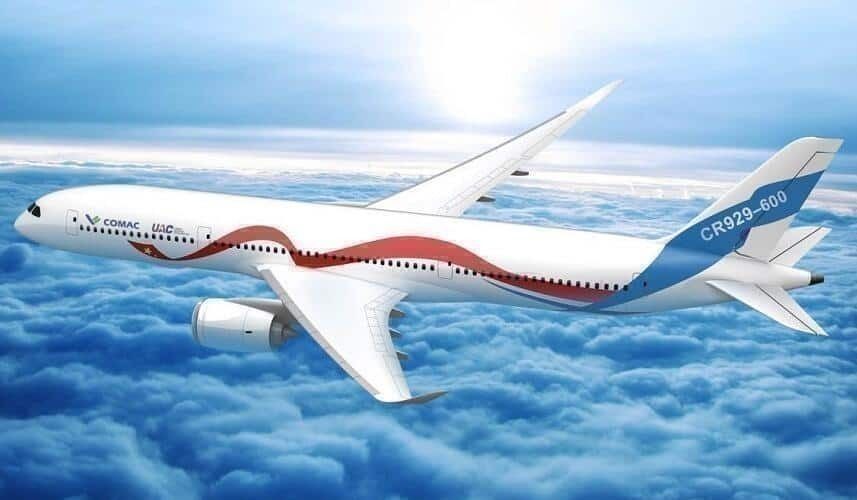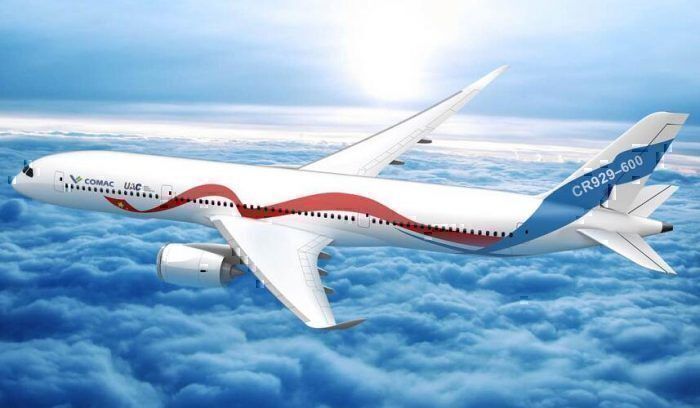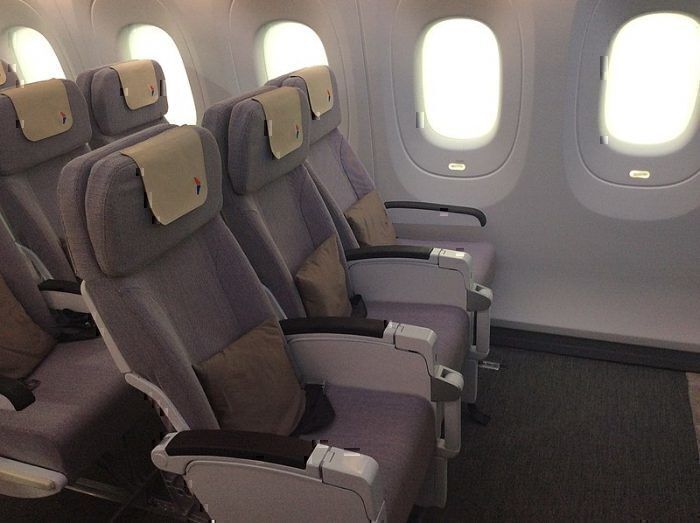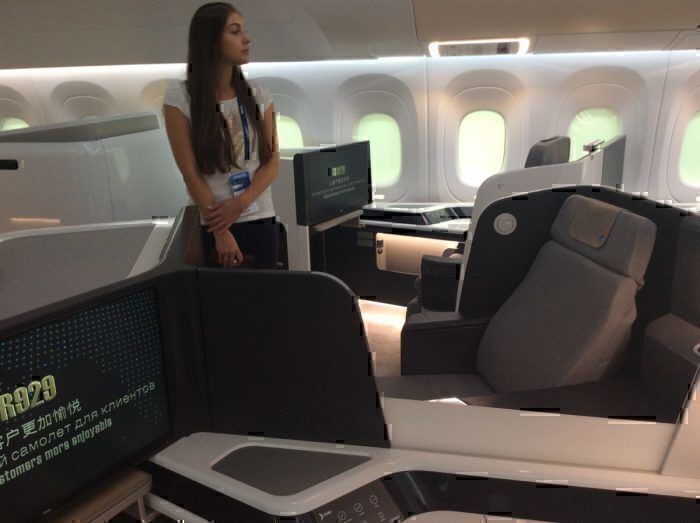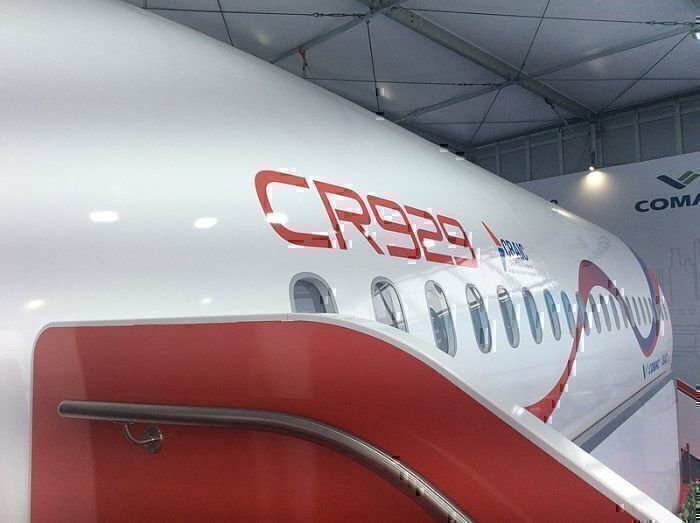The new Chinese-Russian CR929 is capable of flying as many as 440 passengers to a range of around 12,000km, or at least it will be, if it ever gets built. With demand for air travel in China ramping up and predicted to explode in coming years, could the CRAIC built plane make it to market in time to snatch some of this business from the Boeing-Airbus duopoly?
In a report published recently, Boeing has estimated that China will need around 8,000 new aircraft by 2038. Boeing is keen to grab a slice of the action, a market that the planemaker has valued at almost $3tr.
Although Boeing has a long standing relationship with China, times have become tough recently as the ongoing trade war between Washington and Beijing threatens to pull the rug from under its feet. Airbus too has been encroaching on Chinese business, garnering orders for its newest lines of jets from airlines that were typically Boeing orientated.
But now there’s another contender throwing its hat into the ring, and it’s coming from inside the nation. COMAC, while busy developing their A320/737 competitor the C919, have also partnered up with Russia to build something even better – the CRAIC CR929.
The CRAIC joint venture
Back in 2011, COMAC was looking at an aircraft they dubbed the COMAC C929. Larger than the C919 they were already working on, the C929 would be a long haul, wide body airliner, to compete with the Dreamliner and A350.
At the same time, the United Aircraft Corporation (UAC) of Russia was looking to develop a replacement to the Ilyushin Il-96, its own four engine long haul competitor. The two agencies began cooperating on the design, going back and forth with capacity and range specifications, until in May 2017, the 50-50 joint venture was formed.
Known as the China-Russia Commercial Aircraft International Corporation Limited (CRAIC), the new partnership set out a goal of first flight at some point between 2025 and 2028. The conglomerate has claimed that the jet will be 10-15% cheaper to run than its competitors, and CRAIC aim to snatch around 10% of the available market for international widebody planes.
The plane was named the CR929 in 2017, standing for China-Russia. In terms of how the partnership works, an early article from RT pretty much summed it up:
Moscow will provide the know-how and technology, while Beijing will be responsible for the cash.
What is the CR929 like?
The base version of the aircraft will be called the CR929-600. It will have a range of around 12,000km and a MTOW of 242t. In a two or three class arrangement, it would carry from 260 – 290 passengers. However, it could also be made available in a single class configuration, capable of carrying as many as 400 passengers.
The project calls for a family of these aircraft, with the next variant planned to be a shorter C929-500, seating 250, and then a stretched CR929-700, seating 320. All types will have the same 63.3m wingspan.
The fuselage of the aircraft (or a part of it at least) was showcased at the recent MAKs Air Show. What we know from this is that it will use a metallic nose section for damage mitigation but a composite fuselage and wings.
When will we see it fly?
According to an interview with Flight Global at the start of the year, CRAIC is ‘very close’ to selecting a supplier for the engines for the plane, narrowing it down to either Rolls Royce or General Electric. While both manufacturers have issued revised designs for the engines, it’s unknown whether they’ve been able to come up with a 10% reduction in fuel efficiency.
However, there seems to be some confusion about the engines, as at MAKS this year, a joint Chinese-Russian engine development was announced. Now, it seems that along with the Western engine manufacturers, the Aero Engine Corp. of China (AECC), Russia’s United Engine Corporation (UEC) and a potential new product developed by CRIAC could be on the table.
In terms of where we are now, the program director Xie Canjun told Flight Global that they plan to finalize the concept by the end of this year, or perhaps by early next year. Definition will be frozen in the first half of 2022, with first flights targeted for 2025.
In the interview, Xie commented that, progress had been made, saying,
“How wide and how long, the internal layout, the aircraft’s basic functionality, what is the range, and passenger capacity, these have all been done.”
However, it seems there is still a lot to be done before this bird will take to the skies. Judging by the slipped deadlines of the C919 in the past, most speculators doubt seeing one of these take off much before 2027.

